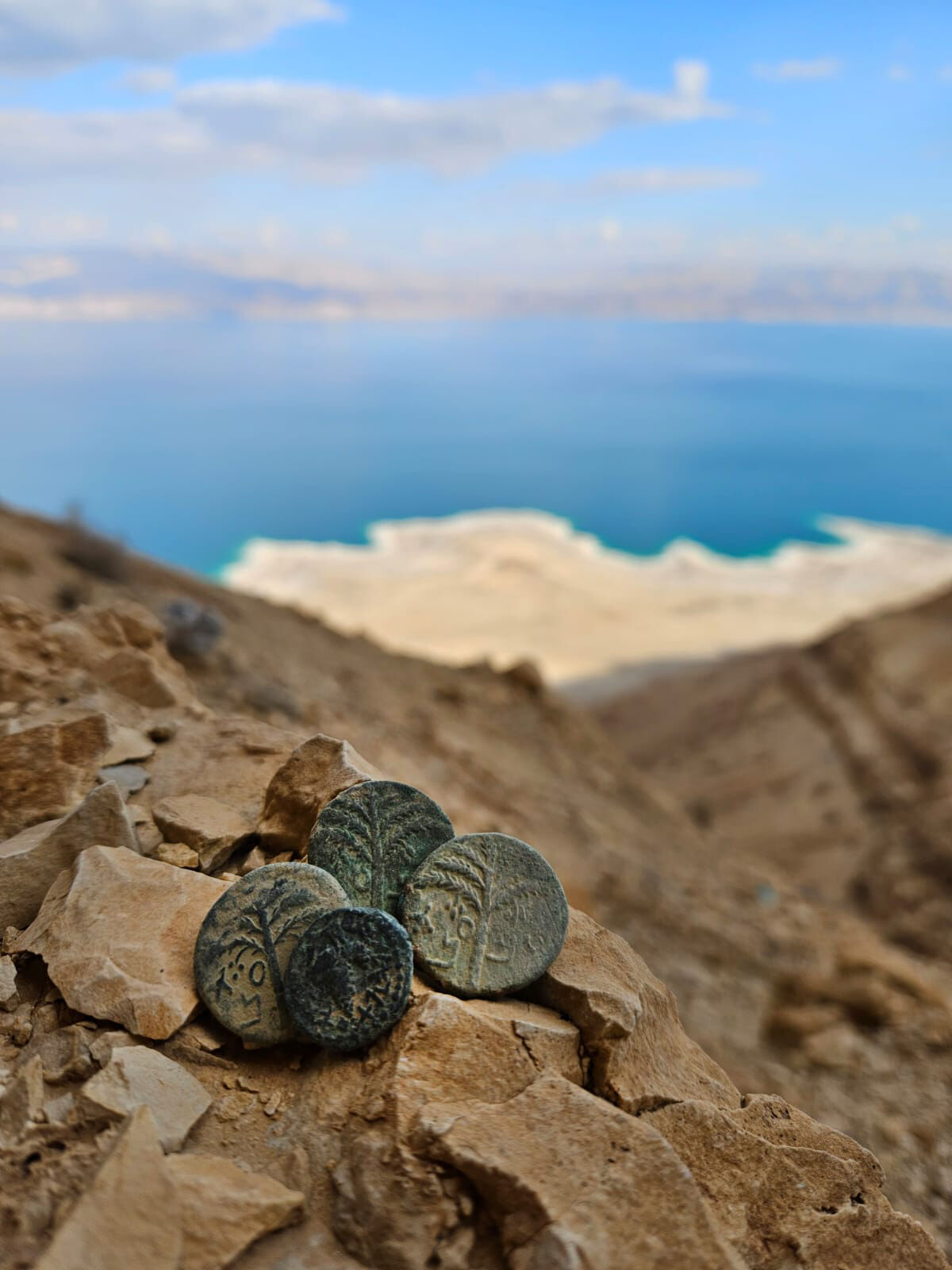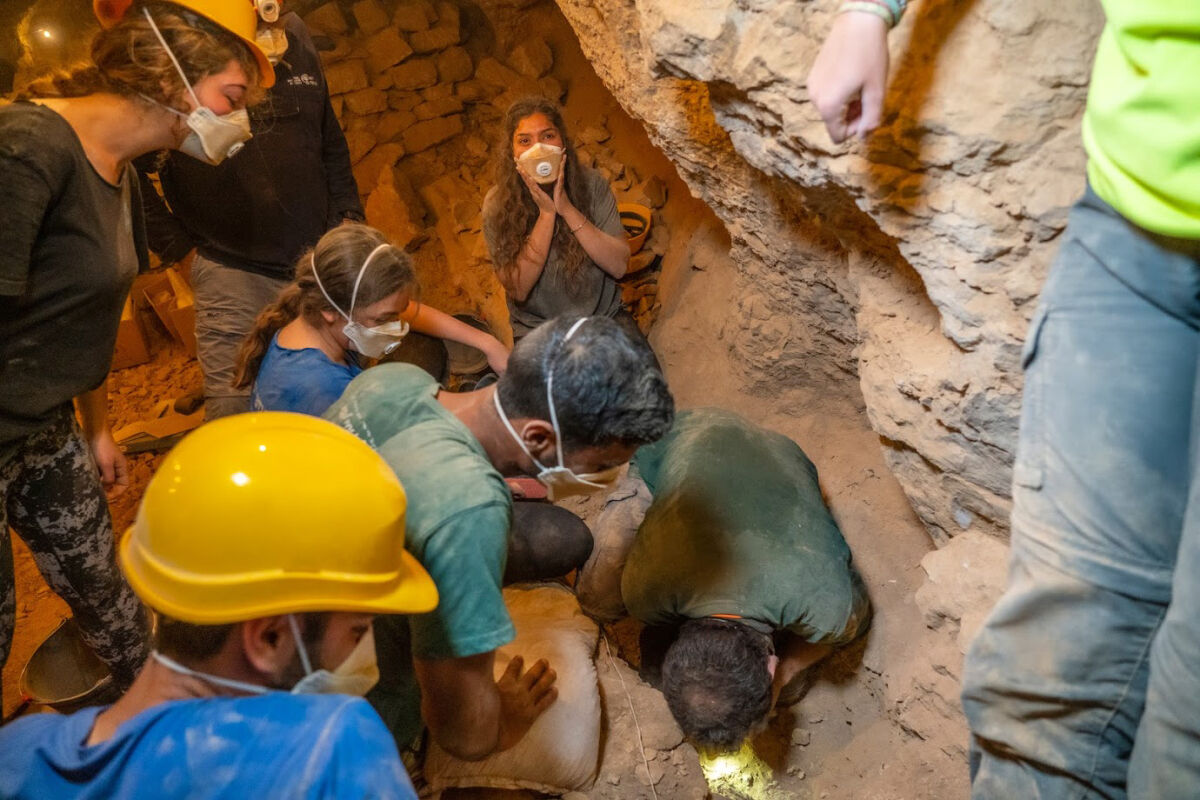Rare ‘Eleazar the Priest’ Coin From First Year of the Bar Kokhba Revolt Discovered
On March 4, the Israel Antiquities Authority (iaa) announced the discovery of a rare coin, minted in “Year One” of the Bar Kokhba Revolt (132 c.e.).

The iaa, in cooperation with the Ministry of Heritage and the Archaeological Office for the Military Administration of Judea and Samaria, has been conducting a systematic survey of the Judean Desert caves since 2017, with the goal of reaching valuable finds before looters.
This particular coin, discovered in the Mazuq Ha-he’teqim Nature Reserve, is embossed in ancient paleo-Hebrew script with the name “Eleazar the Priest.” It was found alongside three other coins from the same period, each bearing the name “Simeon.” Traditional Jewish motifs were also employed in the design, with a date palm on the side bearing the name of the priest; on the other side a bunch of grapes are alongside the inscription, “Year One of the Redemption of Israel” (similar to the message carried on the final coins of the Great Revolt in 70 c.e.).
According to the press release:
There are a few possibilities regarding the identity of Eleazar the Priest, whose name appears on the coin. One is Rabbi Eleazar Hamod’ai, a Tannaic Rabbi from the time of Rabbi Akiva, a pupil of Rabbi Yohanan ben Zakai. It seems that Rabbi Eleazar Hamod’ai played a significant religious role at the time of the Bar Kokhba Revolt, and he was living in the town of Beitar—the location of the revolt headquarters. The Talmud accounts that he died in Beitar, probably during the revolt (Jerusalem Talmud Ta’anit 4:5).

Coins and currency were controlled by the Romans during this time. Coins were stamped with the image of the emperor and limited minting authority was granted. Revolt coins were a way for the rebels to reject the authority of Roman rule and declare their independence.
One particularly notable feature of such Jewish revolt coins is the use of ancient Hebrew script. This deliberate choice to use the early script of the biblical kingdom period represents a callback to ancestry and history, and the desire to reestablish the kingdom.
The Bar Kokhba Revolt was the third and final revolt of the Jewish people against the Romans. Early attempts by the rebels were successful and it forced Roman legions to mobilize from other parts of the empire to squash the rebellion. Although the Romans experienced heavy losses, the rebels ultimately lost the war in 135 c.e.
There have been other collections of Jewish Revolt coins uncovered in recent history. Both in the 2018 and 2022 phases of our Ophel excavations (just south of the Temple Mount) revolt coins dating to the Great Revolt (or First Revolt) were discovered, including an extremely rare silver half-shekel. You can also read more about revolt coins in our article from our July-August 2023 print magazine titled “Revolt Coins and the Fall of Jerusalem.”
Eli Eskosido concluded the release by inviting the public to participate in the Judean Desert Survey: “We invite the public to join us in the seventh excavation season in the desert, to help save the Judean Desert archaeological finds, endangered by antiquities theft. … The Judean Desert excavations do not cease to amaze us, and we hope that in this season we will also be able to report important finds.”
